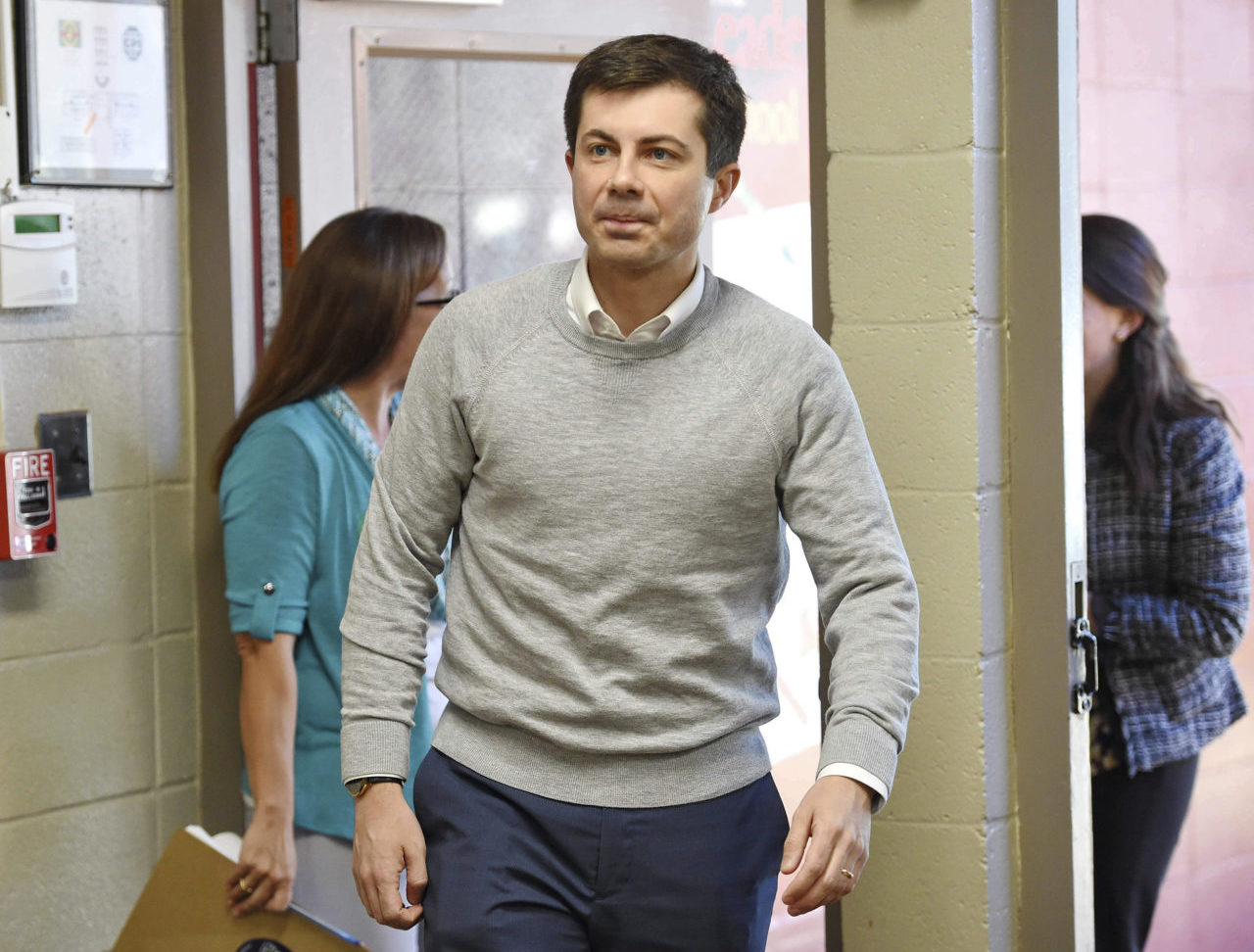
Democratic presidential candidate Pete Buttigieg on Friday released a plan to dramatically increase public lands.
The plan, Protecting America’s public lands and diverse outdoor heritage: A plan to expand equitable access and environmental justice, sets a goal of net-zero emissions on public lands by 2030.
He also wants to protect and restore at least 30% of U.S. lands and oceans by that same point in time.
That could be a major issue for Western states, but will likely excite conservation voters in Florida, a state where eco-tourism generates significant tourist revenue.
“America’s public lands power local economies, preserve sensitive habitats and cultural heritage, and protect our clean air and water,” said the former South Bend, Ind. Mayor.
“From Nevada’s Red Rock Recreation Area to Arizona’s Organ Pipe Cactus National Monument to Cherokee National Forest, they define us as a nation and as a people; yet we are losing the battle to protect these natural and cultural wonders at an alarming rate.”
Buttigieg’s energy goal will be attained, he said, through doubling the clean electricity generated in the U.S. by 2025 and building a zero-emission clean electricity system by 2035.
He also vowed to ensure “consistent and robust conservation funding for federal land management agencies, states, and tribes.”
For public lands under threat of exploitation for natural resources like oil gas and mining, he wants strengthened protections. As political pressure grows in Florida for a fracking ban, that’s again a position likely to find fans in the Sunshine State.
Buttigieg;’s plan also calls for natural disaster preparation, including recruiting 5,000 firefighters and related experts to protect families, communities, wildlife habitat, and rangelands from catastrophic wildfires.
He also plans to create a Disaster Commission within the first 100 days of his presidency.
And he wants particular attention paid to prepare low-income communities for the impacts of climate change, especially those from low-income, Black, Latino, and Native communities that face disproportionate negative impacts from environmental crises.
Some of that help will come courtesy a new national network of Regional Resilience Hubs and a U.S. Climate Corps, he said.



